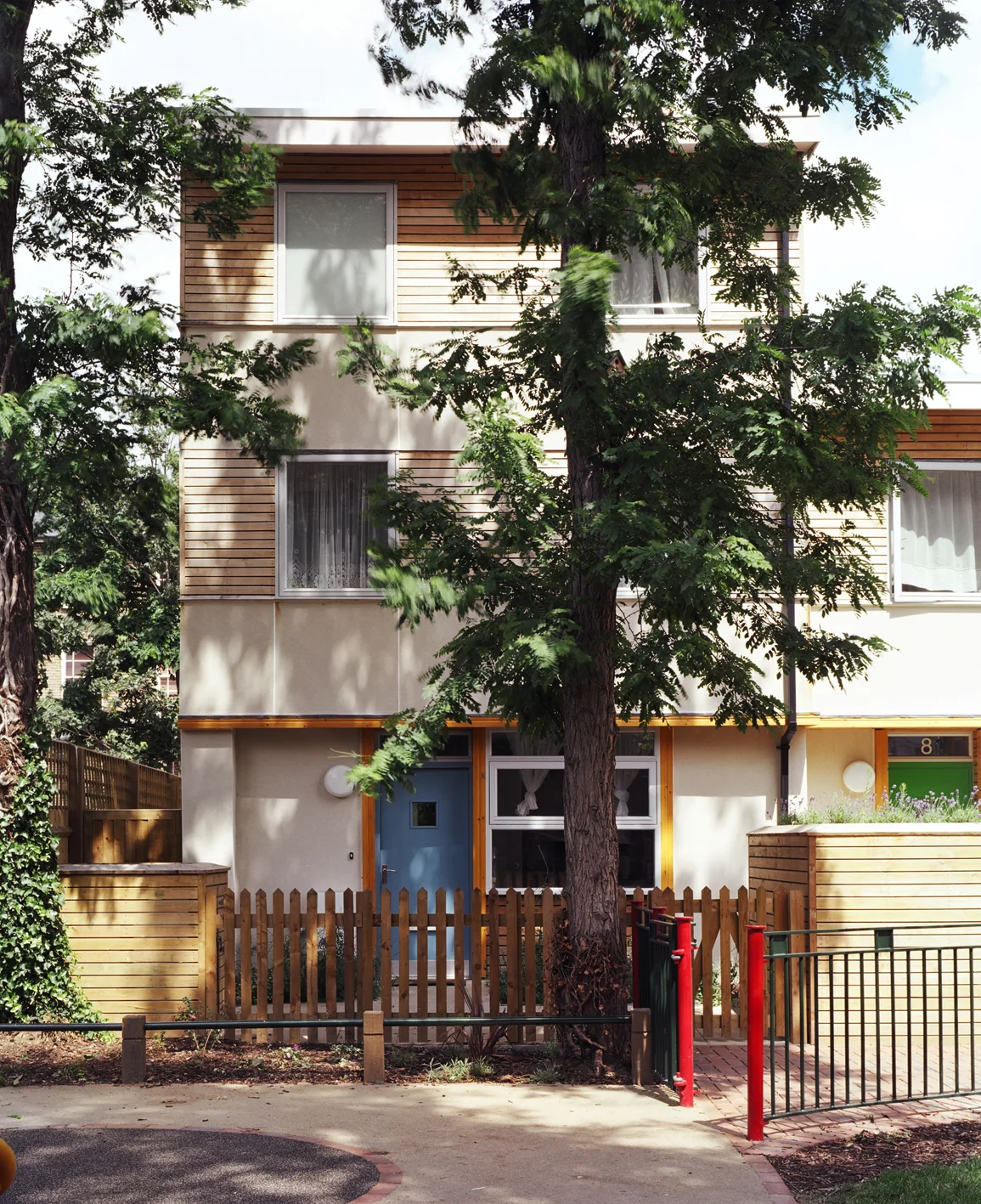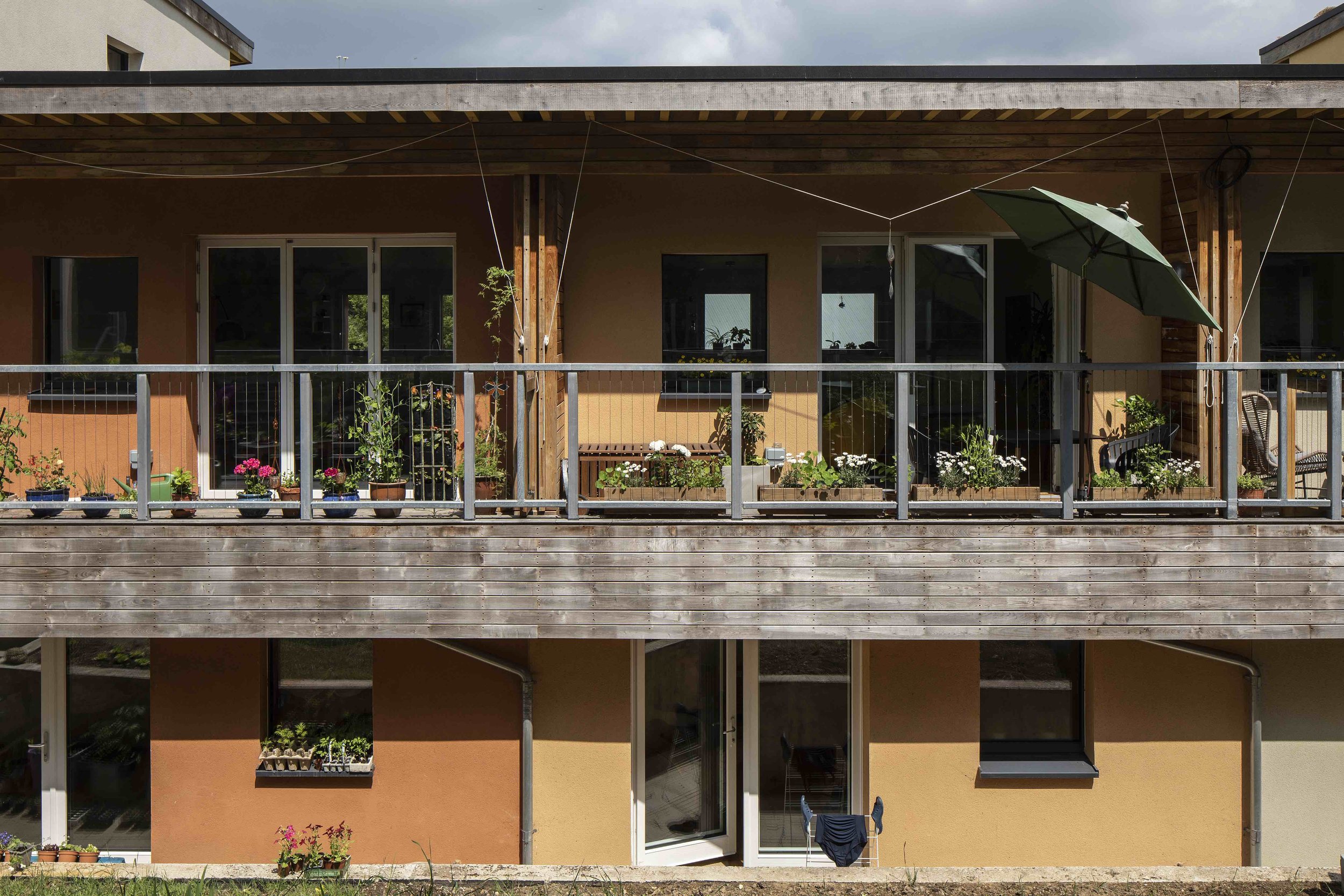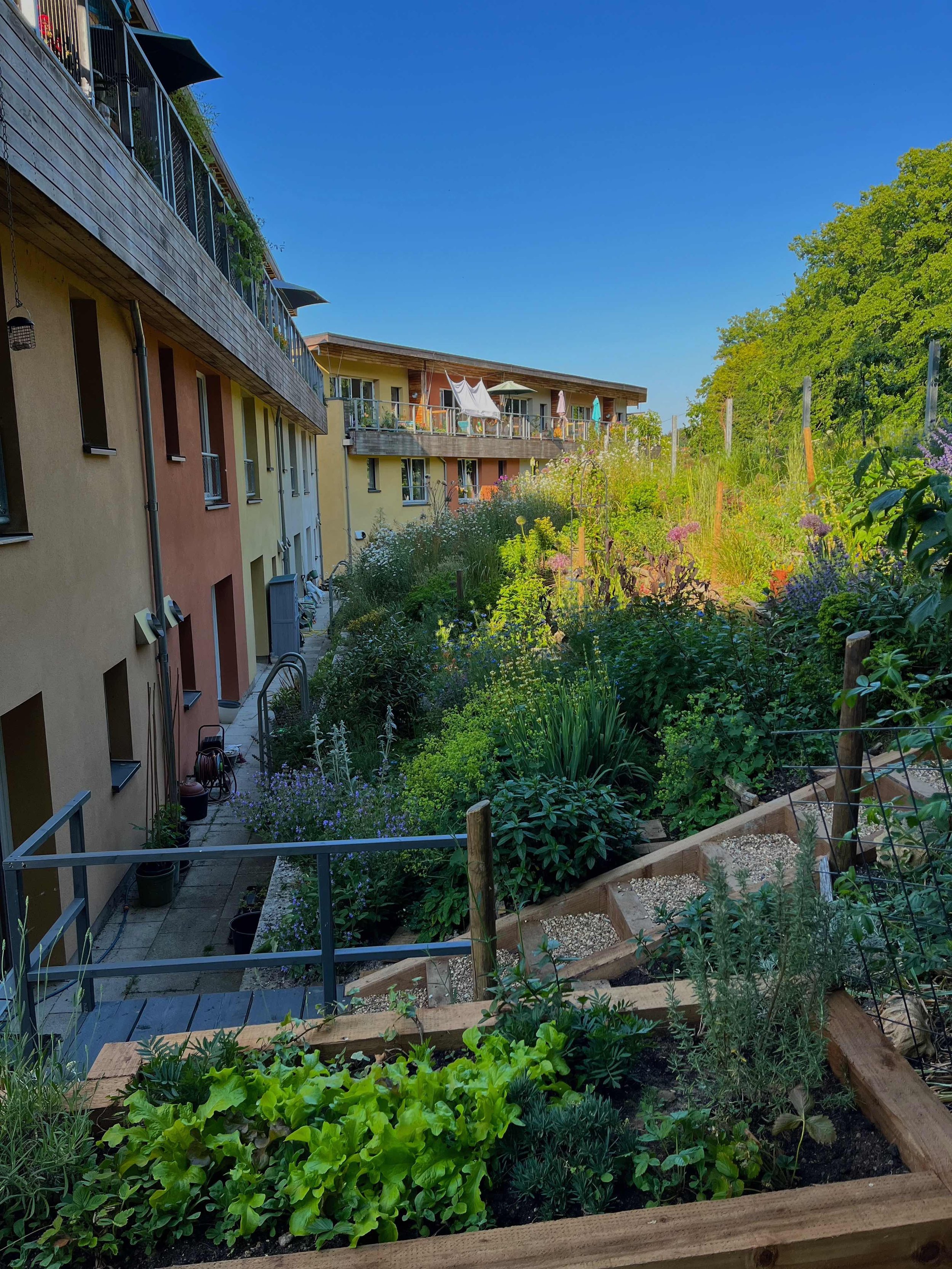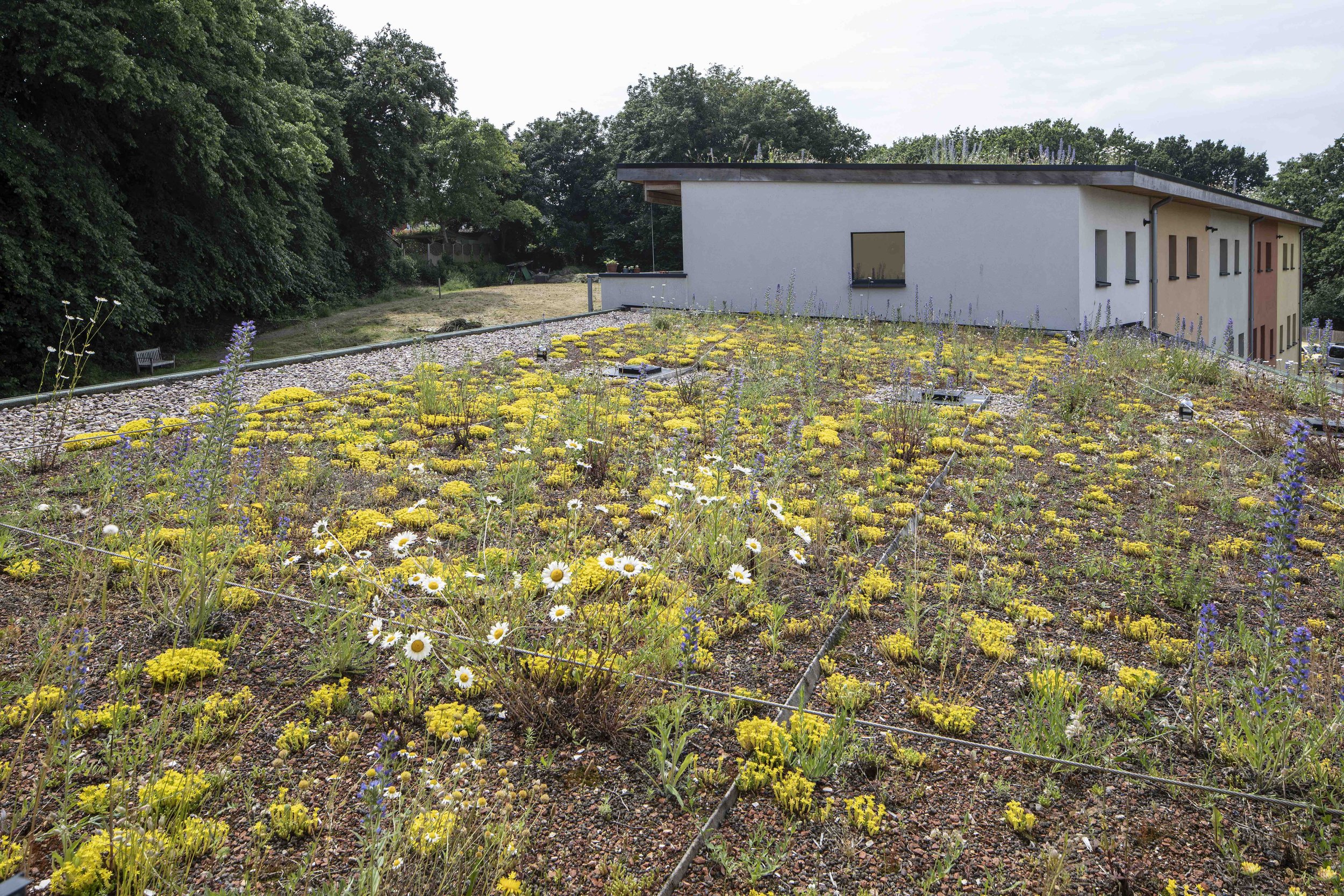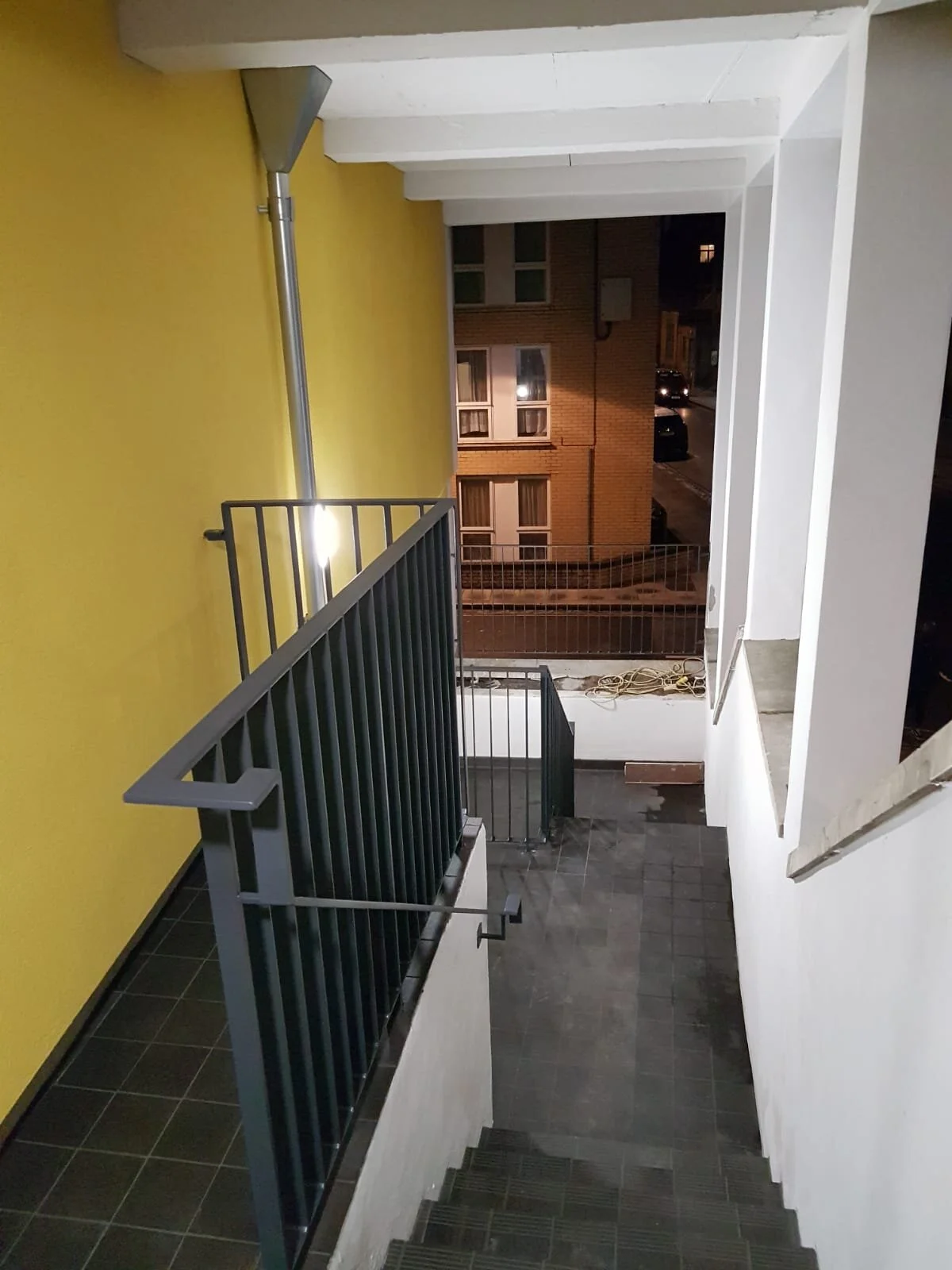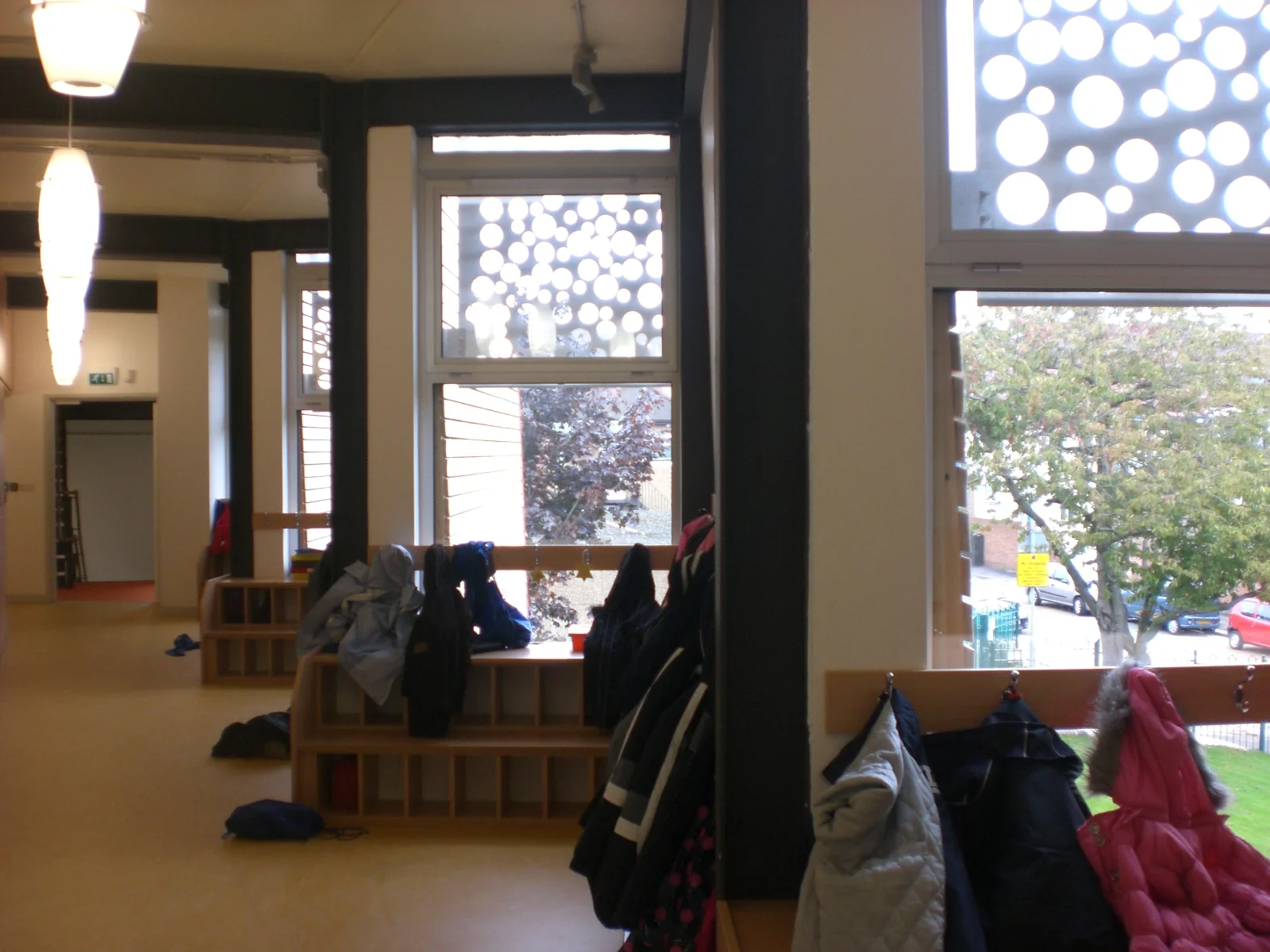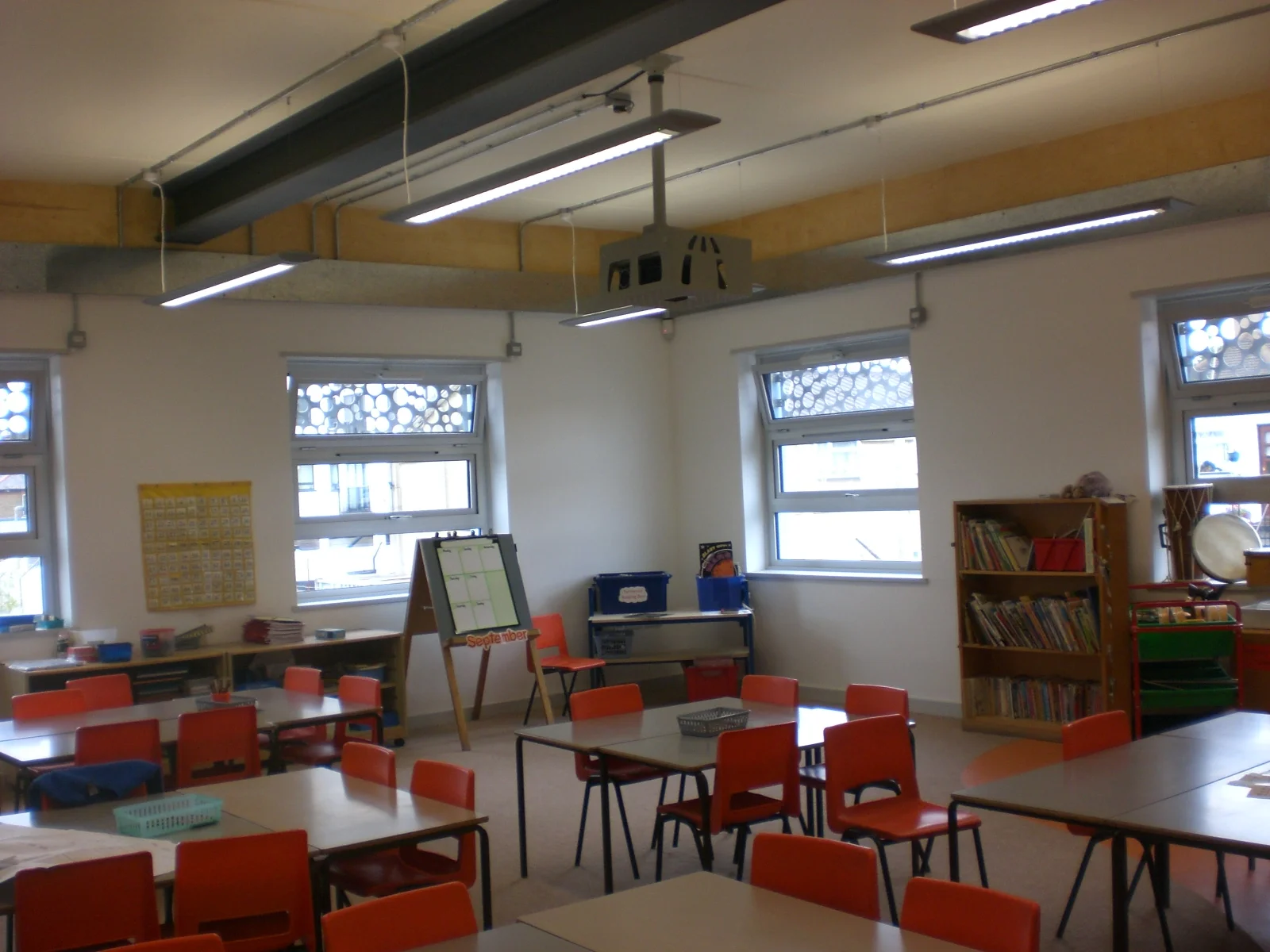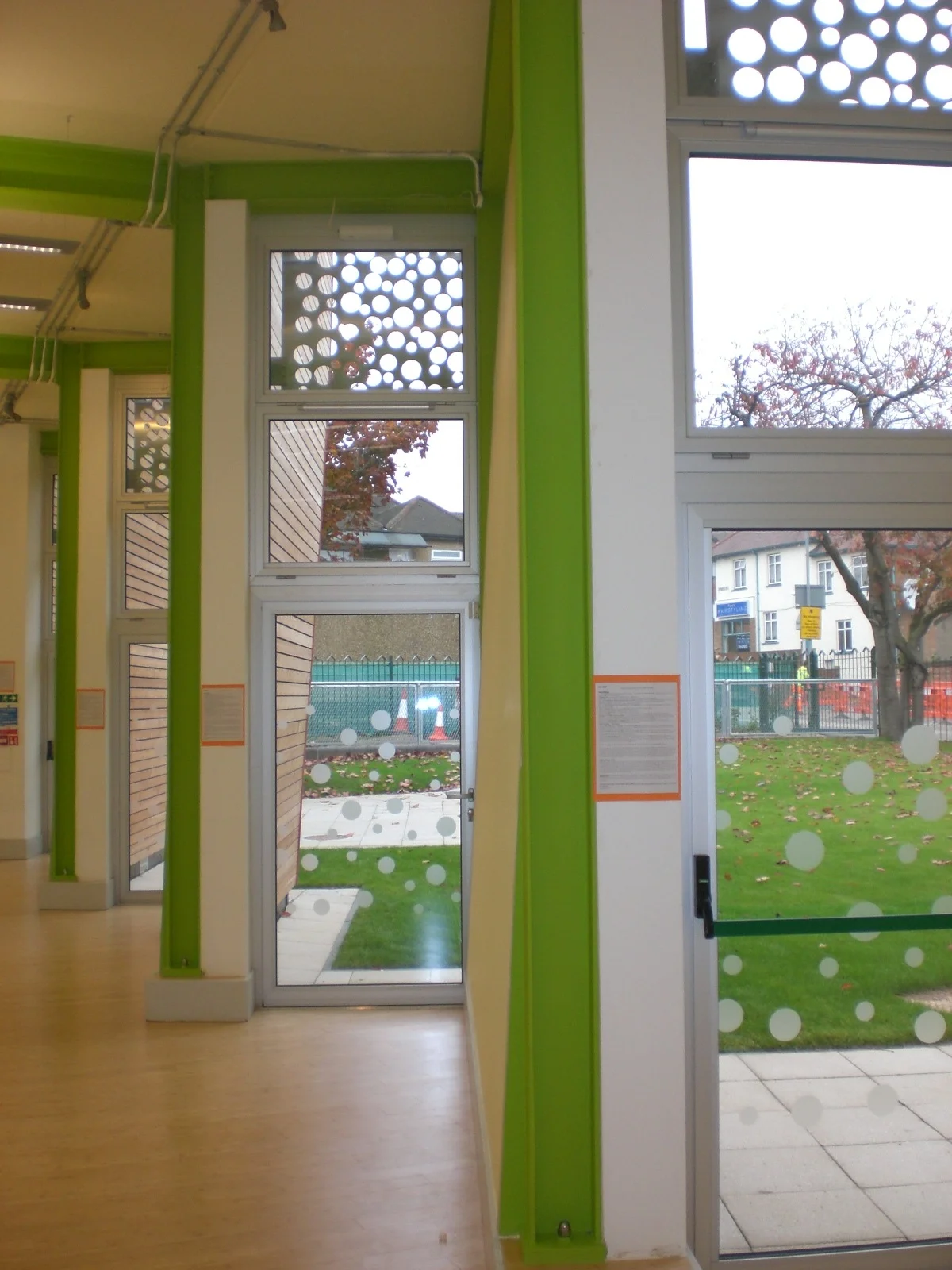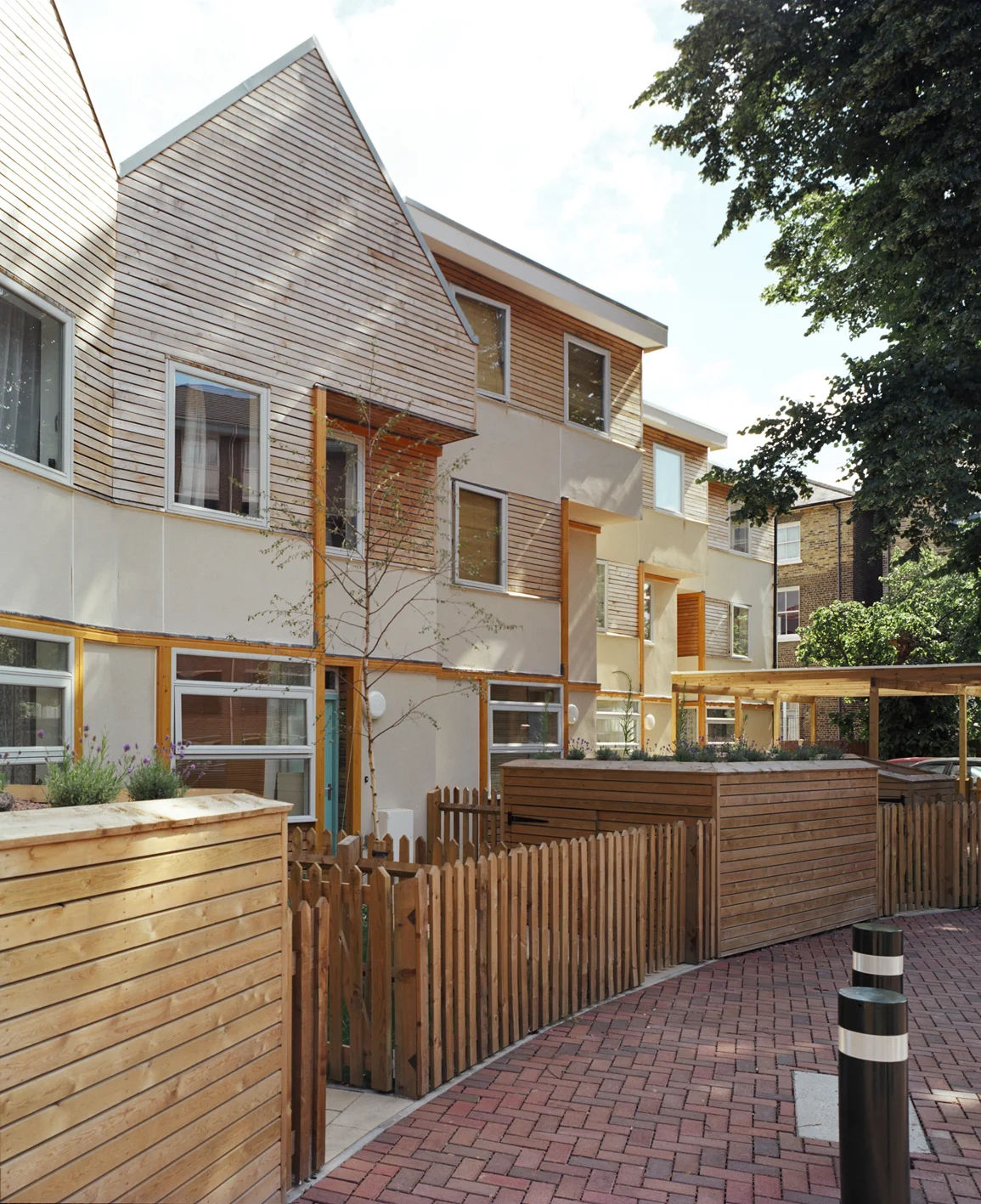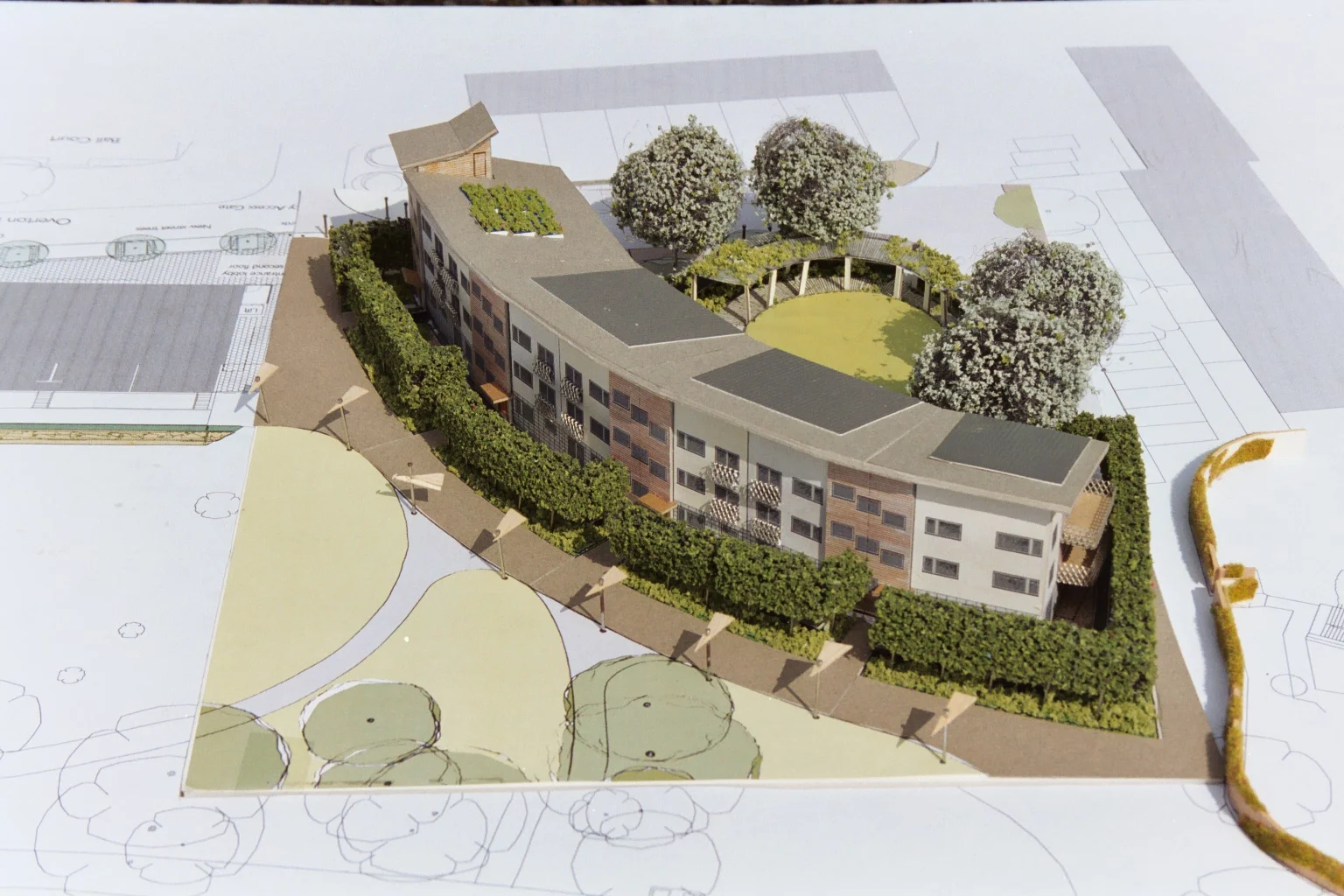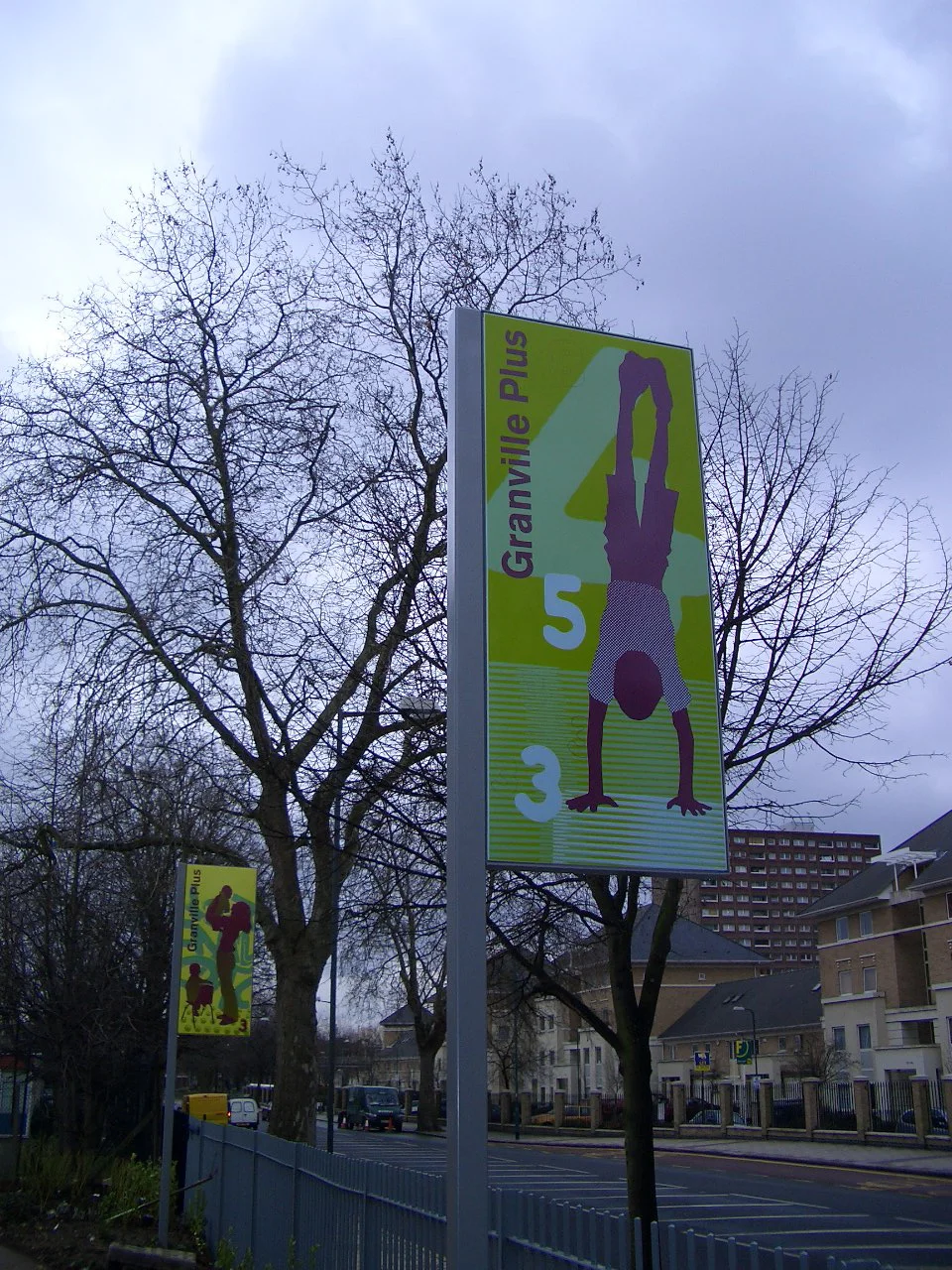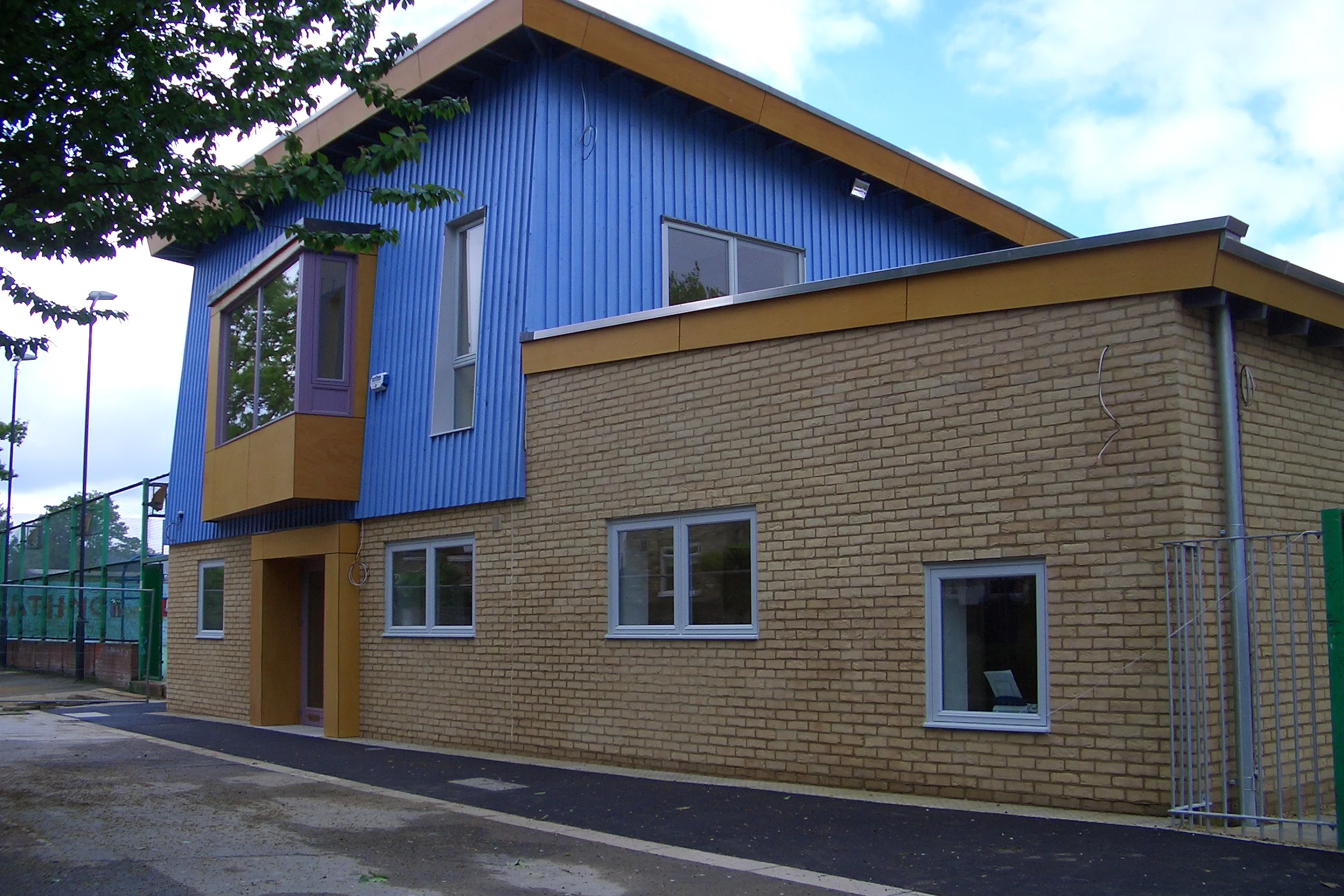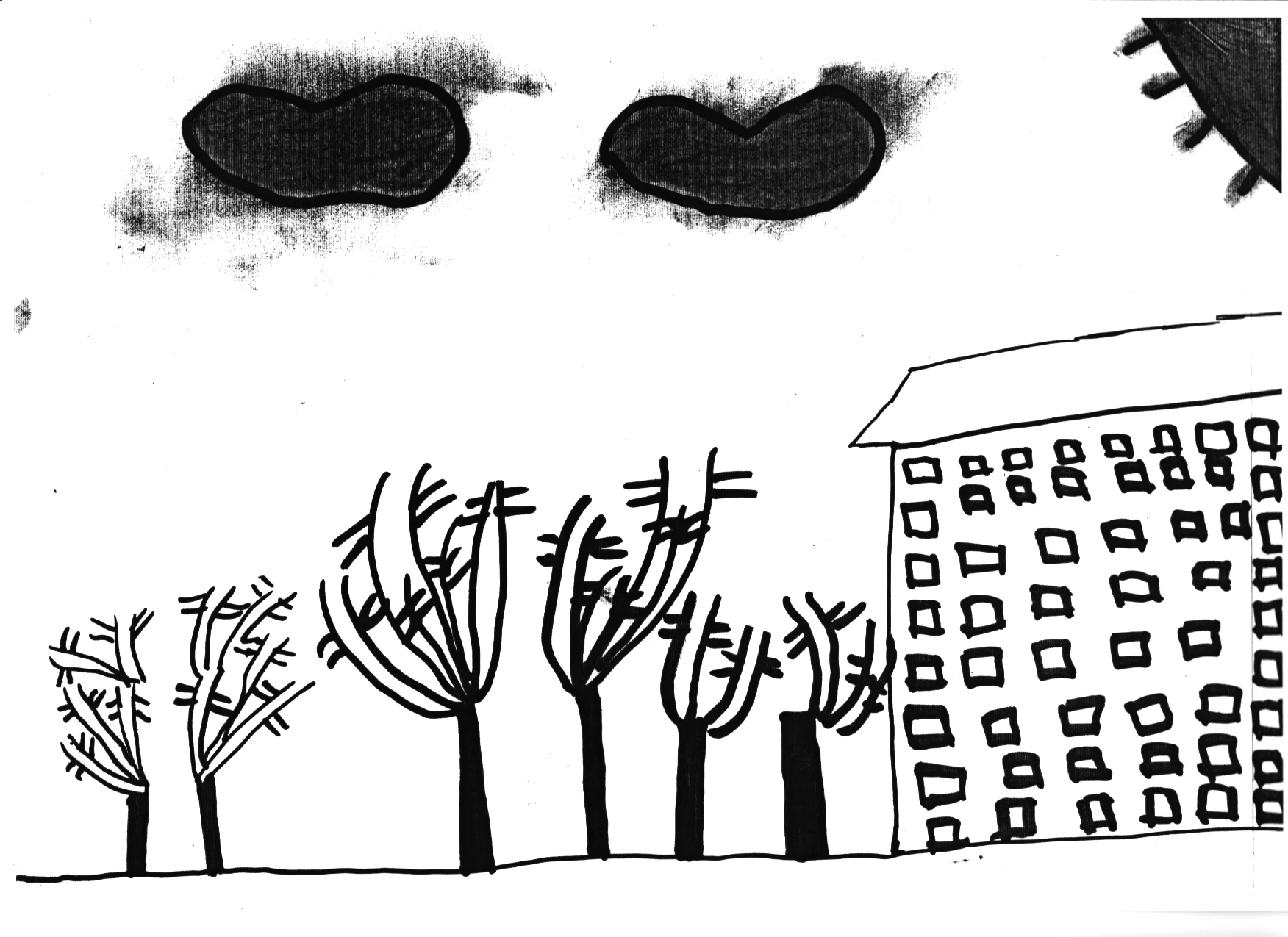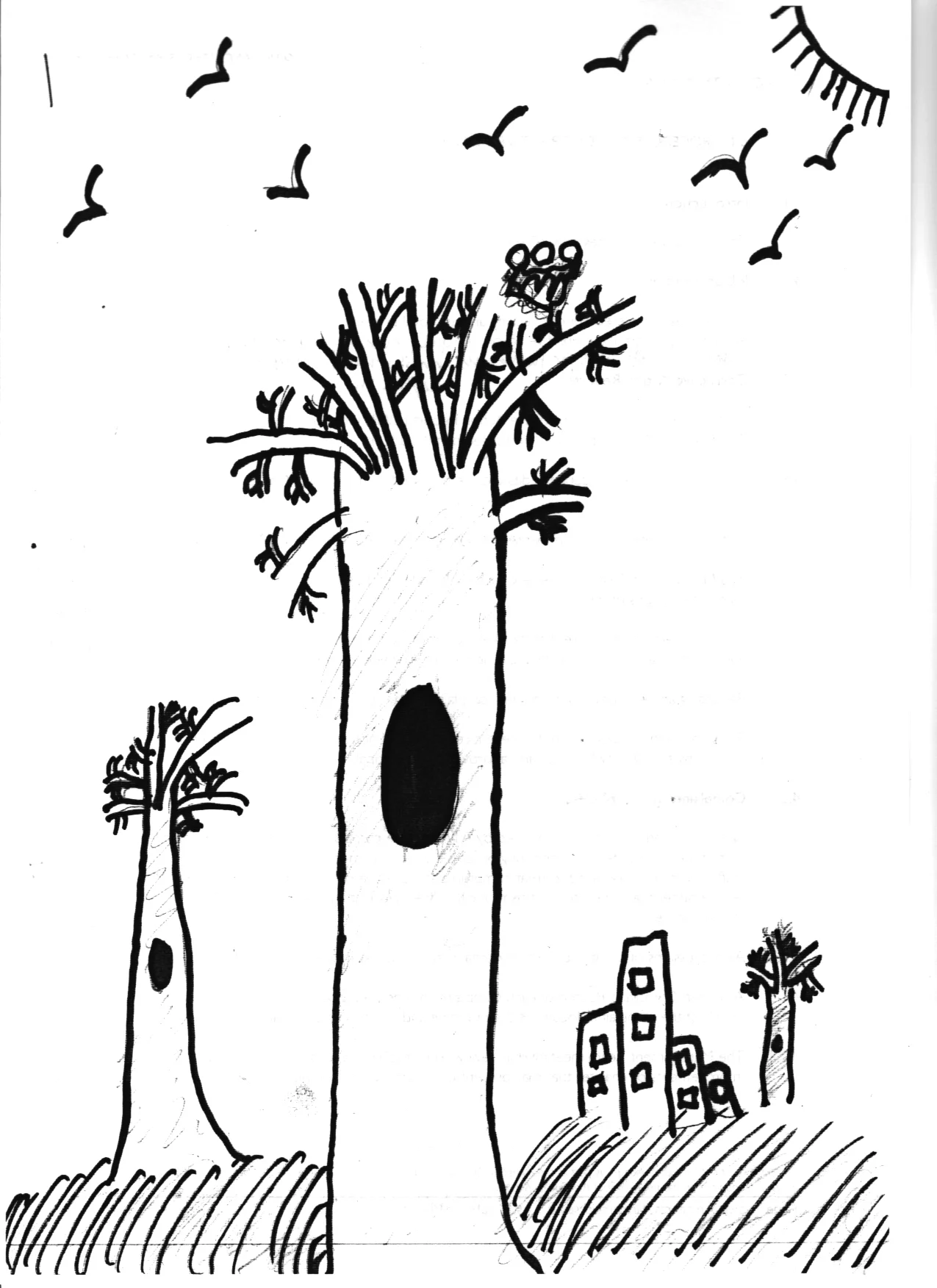client: Guildhall University, London Development Agency
contract value: TBC
completed: 2002
In 1999 ATA were asked by Metropolitan/Guildhall University to discover why the new centralised library on Commercial Road was not being used by students, especially after dark. Metropolitan/Guildhall University was spread over several buildings throughout the Aldgate area, all of which had originally had independent library facilities.
The study – through detailed urban analysis of the area, including surveys, mapping and observation of pedestrian behaviour, set off a train of work which culminated in a scheme for the redevelopment of the entire 28 exit Aldgate subways network.
In exploring the problems and developing the scheme ATAP co-ordinated a Steering Group which included all the relevant stakeholders, the Corporation of London and LB Tower Hamlets, the Guildhall University, the Metropolitan Police and Transport for London, Highways and street camera departments and staff and students from Guildhall university. A conference was held at the shopping centre in the middle of the subway complex to focus on solutions. An interactive computer presentation was issued to a number of local organisations for their comment.
A consultation and participation programme was developed which included subway user surveys and studies, one to one interviews with local businesses, homeless people who visited the daycentre at St Botolphs Church and other local services.
A survey was designed and taken to the entrances and exits of the subways, to ascertain user issues with the 28 exits and to establish use patterns. A major problems related to wayfinding in a maze of identical tunnels, entrances and exits, and an identifiable character was given to each area through new signage and art works.
A competition was held to identify a team of locally based artists who were brought together to work with local people to produce art pieces which became part of the new installation in the subways, including a word artist, and sculptor.
Communication designers worked with them and redesigned the wayfaring and signage installations throughout the subway network.









